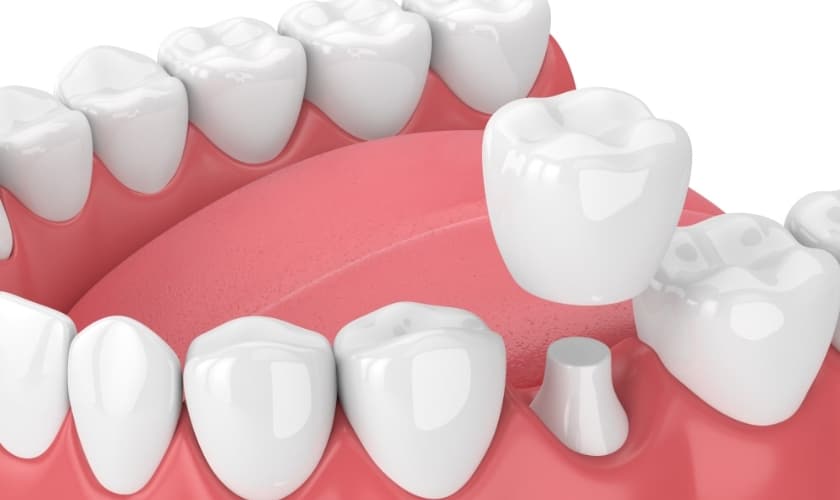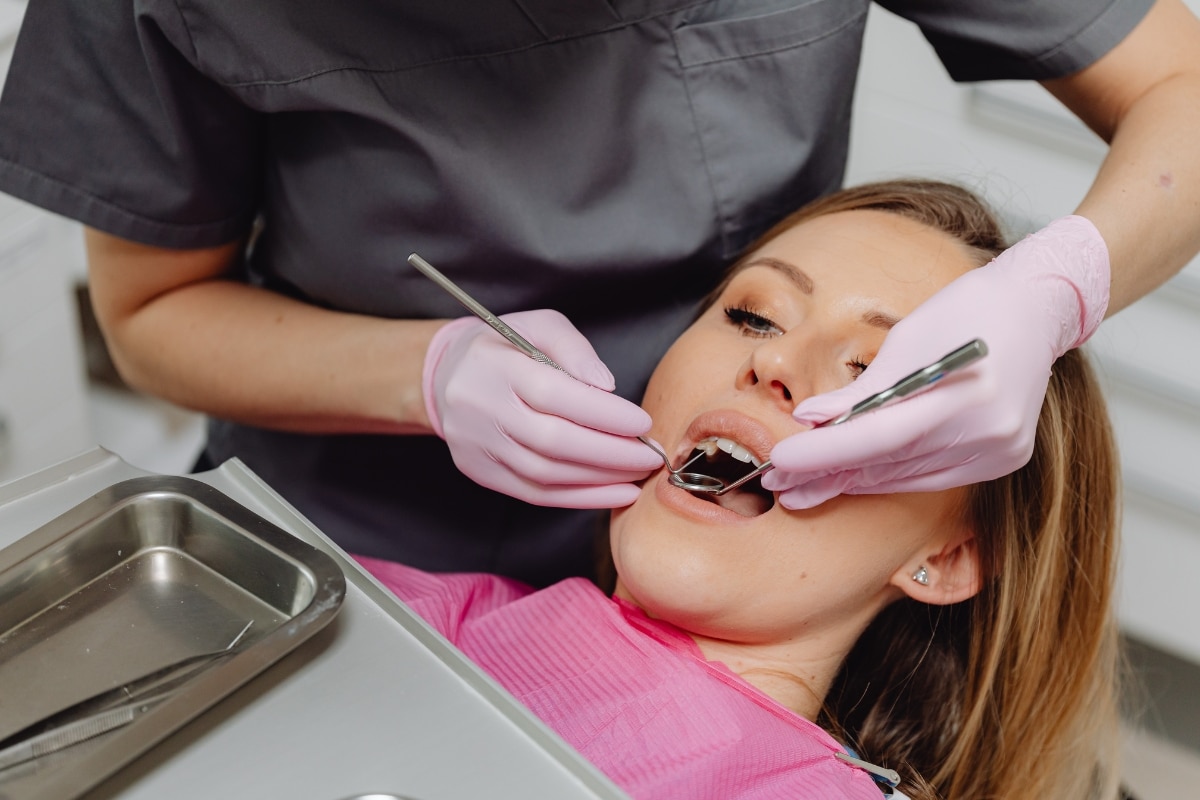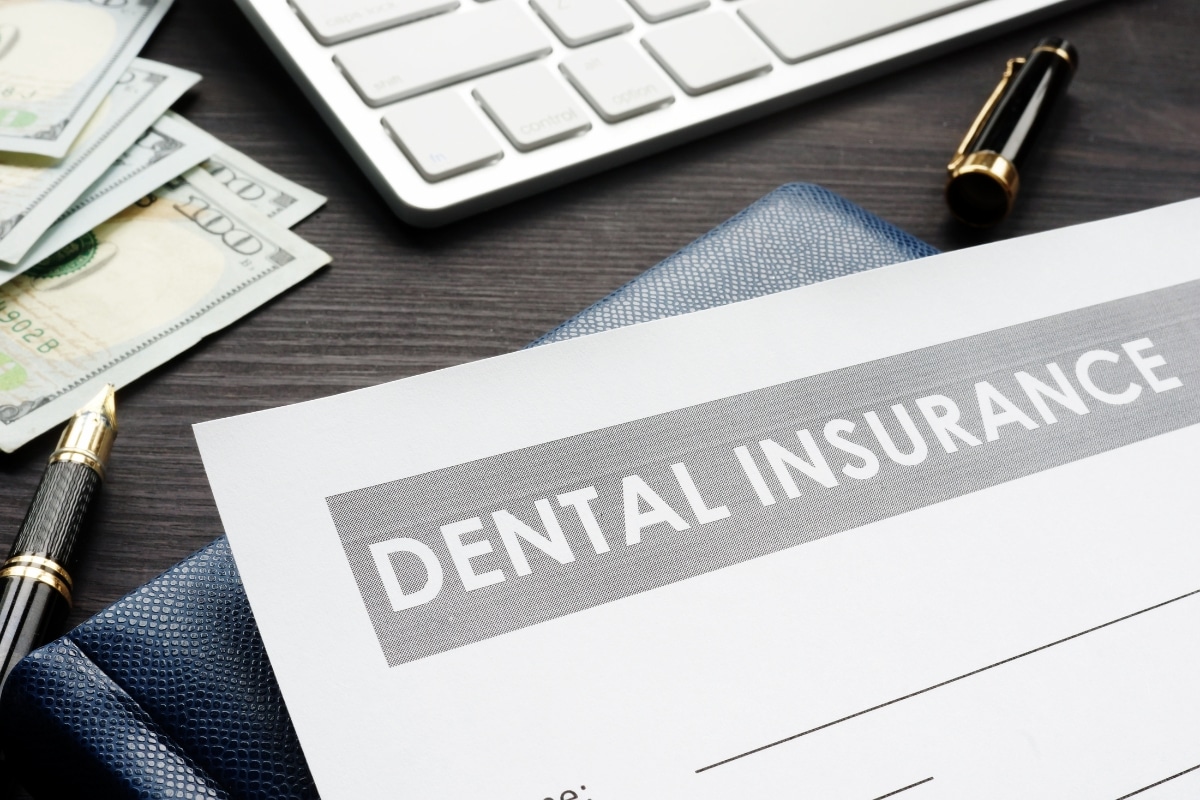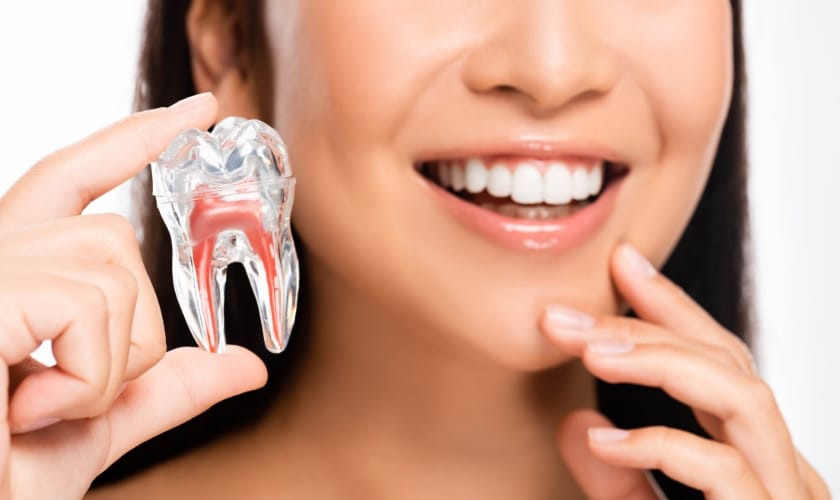Pay Online
Recognizing The Need: When To Replace A Dental Crown

Are you experiencing discomfort or noticing wear and tear on your dental crown? It may be time to consider a replacement. Dental crowns play a crucial role in protecting and enhancing the appearance of damaged teeth, but they are not indestructible. Over time, they can become worn down or damaged, compromising their functionality and aesthetics. In this blog post, we will explore when to replace a dental crown, the different types of crowns available, how the replacement process works, and essential tips for preventing damage during this procedure. So, let’s dive in and ensure your smile stays strong and beautiful!
Types of Dental Crowns
Regarding dental crowns, several types are available to suit different needs and preferences.
PMF Crowns: One common type is porcelain-fused-to-metal (PFM) crowns, which combine durability and aesthetics. These crowns have a metal base for strength and are covered with a layer of tooth-colored porcelain for a natural appearance.
All-Ceramic Or All-Porcelain Crowns: Another popular choice is all-ceramic or all-porcelain crowns. These crowns are known for their exceptional aesthetic qualities as they closely resemble the color and translucency of natural teeth. They are an excellent option for those who prioritize a seamless blend with their existing teeth.
Metal Crowns: Metal crowns may be recommended for individuals seeking maximum strength and longevity. Made from alloys such as gold or silver-colored metals, these crowns can withstand heavy biting forces but may not be as aesthetically appealing compared to other options.
Zirconia Crowns: Zirconia crowns have gained popularity recently due to their impressive strength and lifelike appearance. Zirconia is a durable material that can endure the demands of everyday use while maintaining its natural-looking finish.
Each type of crown has unique advantages, so it’s essential to consult with your dentist to determine which option best aligns with your specific needs and goals.
How to Replace a Dental Crown
Replacing a dental crown is a procedure that requires the expertise of a dentist. If you need to replace your dental crown, it’s important to understand the steps involved in this process.
Your dentist will carefully examine your existing crown to assess its condition and determine if replacement is necessary. They may take X-rays or other diagnostic tools to understand the situation comprehensively.
Next, they will prepare your tooth for the new crown by removing the old one. This involves numbing the area with local anesthesia and using specialized tools to loosen and remove the crown gently.
Once your tooth is prepared, impressions will be taken to create an accurate mold for crafting your new crown. These impressions ensure your replacement crown fits perfectly and blends seamlessly with your natural teeth.
While waiting for your permanent restoration to be created in a dental lab, you may be fitted with a temporary crown to protect your tooth. This temporary solution allows you to maintain functionality while awaiting the final restoration.
Once the permanent crown is ready, it will be cemented onto your prepared tooth using dental adhesive. Your dentist will make any necessary adjustments for proper fit and ensure you are comfortable before completing the procedure.
Remember that each case may vary slightly depending on materials or specific oral health conditions. It’s crucial to consult with an experienced dentist who can guide you through each step of replacing a dental crown accurately and effectively.
When to Replace a Dental Crown
When it comes to dental crowns, they are designed to be durable and long-lasting. However, there may come a time when you need to replace your dental crown. But how do you know when it’s time for a replacement?
One of the most obvious signs that your dental crown needs replacing is if it becomes loose or falls out completely. This can happen due to normal wear and tear or an injury or accident. If this happens, seeing your dentist as soon as possible is important.
Another sign that a dental crown may need replacing is if you experience pain or discomfort around the area where the crown is located. This could indicate an issue with the crown’s fit or potential decay.
Notice any changes in the appearance of your dental crown, such as chips, cracks, discoloration, or deterioration of materials used in its construction. It may be time for a replacement.
Sometimes, a dental crown may become worn down over time due to grinding or clenching of teeth (bruxism). In these cases, your dentist will evaluate whether replacing the crown is necessary based on its condition and functionality.
It’s important not to ignore any issues with your dental crowns, as they play an essential role in protecting and preserving damaged teeth. Regular check-ups with your dentist will help identify any potential problems early on and determine if replacement is necessary.
Tips for Preventing Damage During the Crown Replacement Process
To ensure a smooth and successful dental crown replacement process, it’s important to take certain precautions. Here are some tips for preventing damage during the crown replacement process:
1. Maintain Good Oral Hygiene: Regularly brushing and flossing your teeth will help keep your gums healthy and reduce the risk of any complications during the crown replacement procedure.
2. Avoid Sticky Or Hard Foods: While waiting for your new dental crown, it’s best to avoid chewing on sticky or hard foods that could dislodge or damage the temporary crown.
3. Be Gentle When Cleaning Around The Temporary Crown: When brushing and flossing around a temporary crown, be careful not to apply excessive pressure as this may cause it to come loose or break.
4. Wear A Mouthguard If You Grind Your Teeth: If you have a habit of grinding or clenching your teeth, wearing a custom-made mouthguard can help protect your natural teeth and dental crowns from potential damage.
5. Follow Post-Operative Instructions: After placing your permanent dental crown, follow any post-operative instructions your dentist gave regarding proper care and maintenance.
By following these tips, you can minimize the chances of damaging either the temporary or permanent crowns during their placement and ensure optimal longevity for your new restoration.
Remember, if you ever experience any discomfort or sensitivity or notice signs of wear on an existing dental crown, such as cracks or chips, it’s crucial to consult your dentist promptly. They will be able to assess whether replacing the dental crown is necessary to maintain both functionality and aesthetics in helping you achieve a healthy smile!
So don’t hesitate – book an appointment with your dentist, IL today if you suspect it might be time for a much-needed replacement! Your vibrant smile awaits!
Recent Posts

Swelling, Fever, or Abscess? How to Spot a Dental Emergency Early

Unlock Your Annual Maximum: The Hidden Financial Benefit of Your Dental Insurance’s “Use-It-or-Lose-It” Policy

Bad Breath in Children: Common Causes and Solutions from a Dentist in Elgin

Northeast Family Dental Care Elgin Explains Best Habits to Prevent Tooth Grinding


